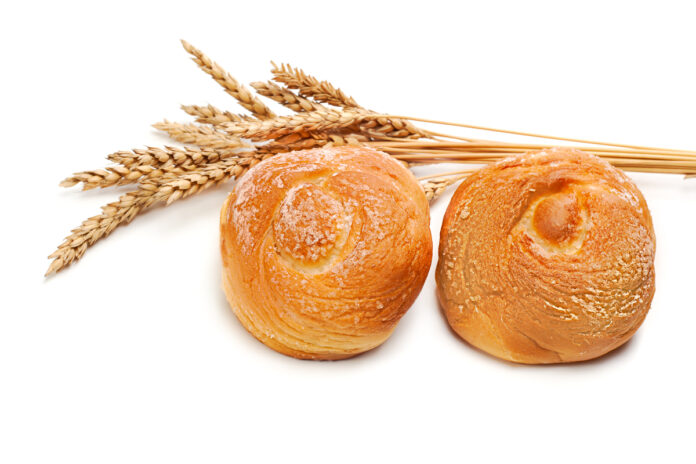The Truth About Grain-Free Diets for Pets
Grain-free diets for pets are increasingly popular among pet owners, leading to a surge in demand for these products in the pet food market. Promoted as natural alternatives that reduce the risk of health issues and allergies, grain-free options seem appealing at first glance. However, research and expert opinions suggest that this perception may not accurately reflect the nutritional needs of our furry companions.
Understanding the Role of Grains in Pet Nutrition
Contrary to popular belief, there is no substantial evidence indicating that feeding grains to dogs or cats poses health risks. In fact, whole grains are rich in valuable nutrients such as:
- Vitamins
- Minerals
- Essential fatty acids
- Dietary fiber
Whole grains can offer a significant nutritional benefit and may even provide protein sources that are more easily digestible than some meat proteins. Additionally, refined grains, such as white rice, can serve beneficial purposes depending on the pet’s specific dietary requirements.
Prevalence of Allergies in Pets
While food allergies in pets are relatively uncommon, allergies to grains are even rarer. Most pets prone to allergies react to animal proteins like chicken, beef, or dairy, rather than grains. It’s noteworthy that gluten intolerance is extraordinarily rare in pets; documented cases have primarily involved a single line of Irish Setters, highlighting how uncommon this condition is overall.
Varied Nutritional Profiles of Grain-Free Diets
It’s crucial to recognize that grain-free diets come with a diverse range of nutritional profiles, which can significantly impact your pet’s health. Some grain-free options are lower in carbohydrates but may compensate by being higher in fat and calories. Others might simply replace grains with processed starches derived from sources like potatoes or tapioca, which can provide fewer nutrients and fiber while also being more expensive.
Moreover, certain grain substitutes such as peas, beans, or lentils may not necessarily improve your pet’s diet and can even trigger digestive issues in some animals.
Conclusion: The Marketing Behind Grain-Free Diets
The term “grain-free” predominantly serves as a marketing strategy rather than a definitive health solution for pets. Pet owners should be discerning about the nutritional quality of the food they choose and not be swayed by prevailing marketing trends. Ultimately, when it comes to your pet’s health and wellbeing, informed choices backed by scientific evidence should guide your decisions.
Don’t succumb to the hype—understanding pet nutrition is critical to ensuring your furry friends lead happy, healthy lives.











